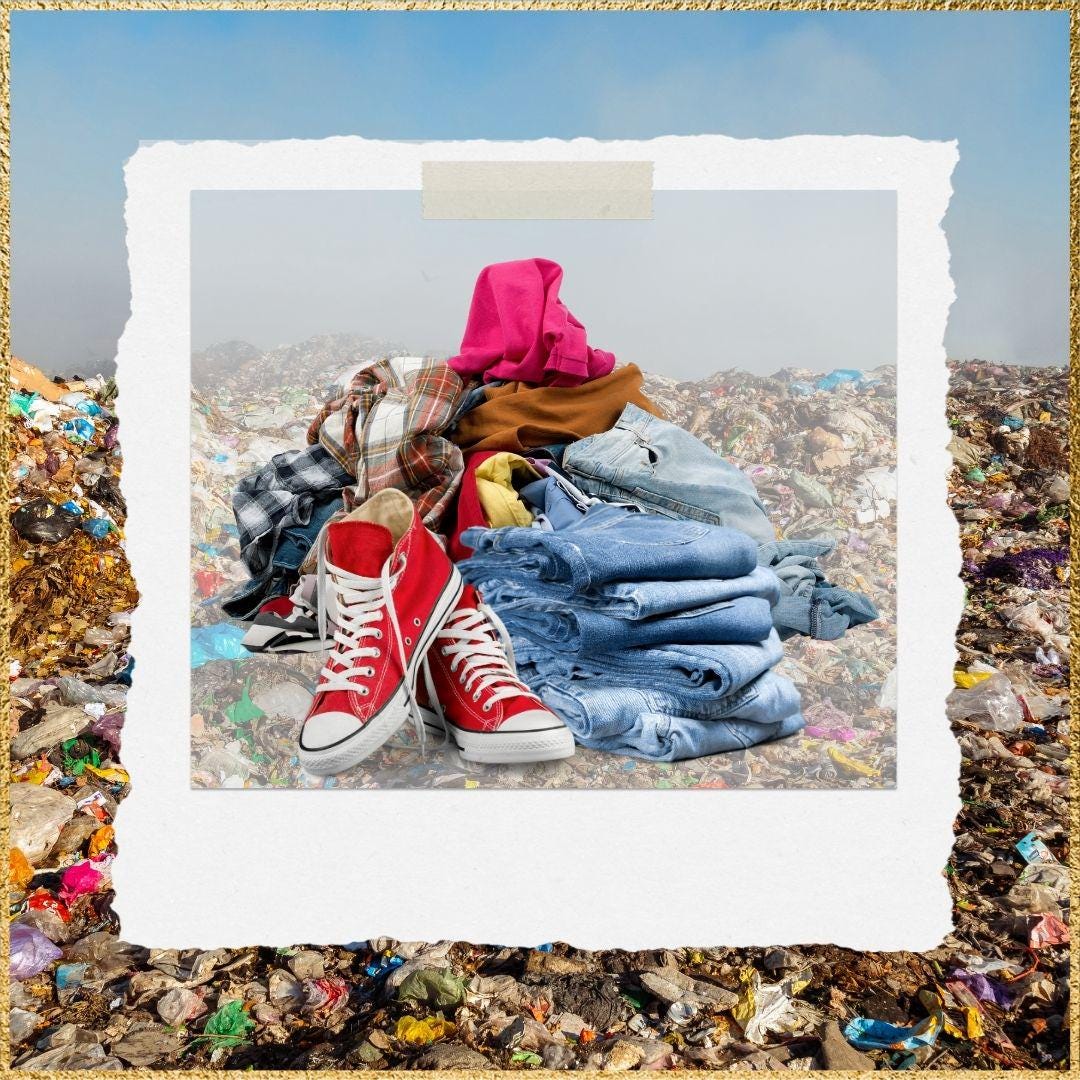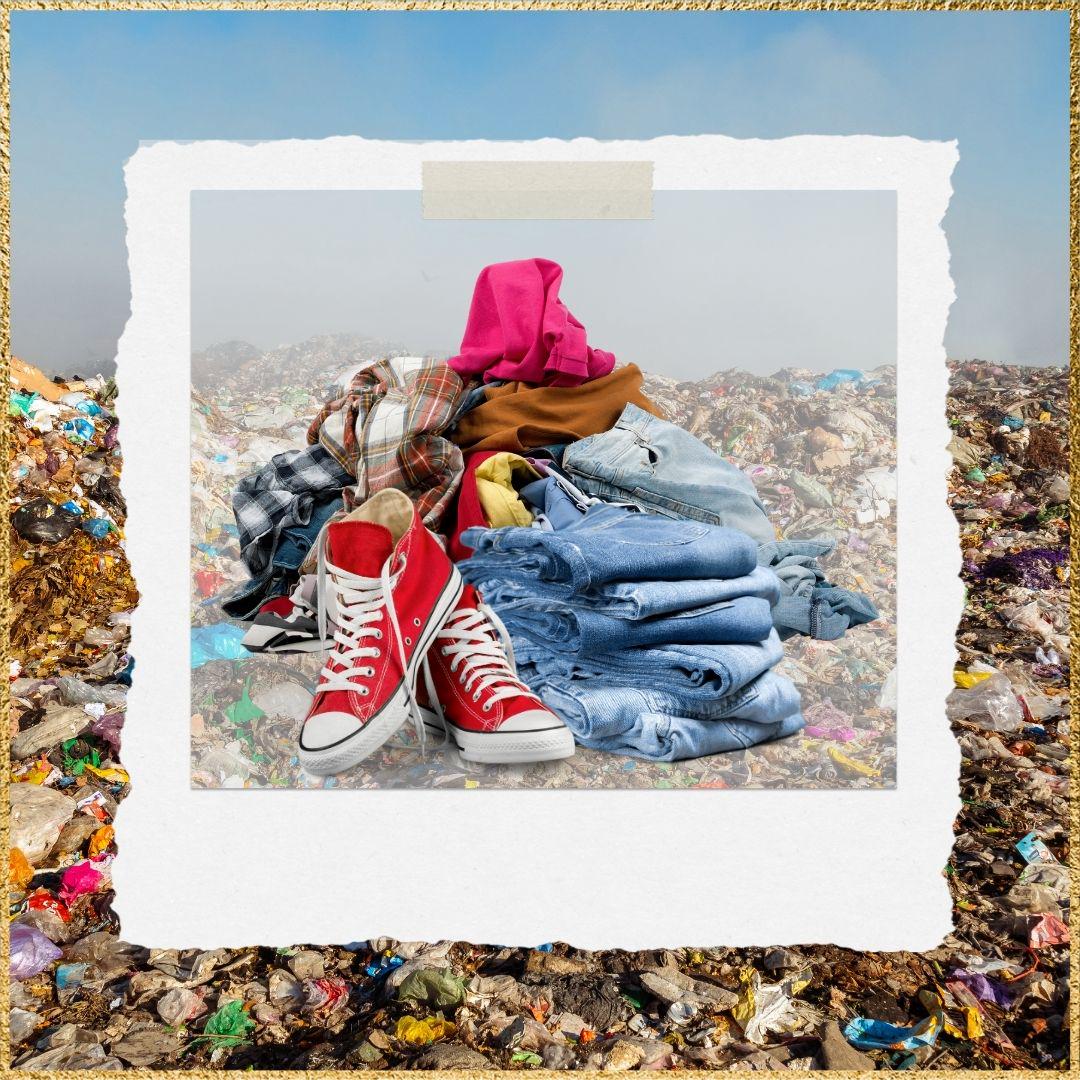
The Hidden Life of Your Donated Clothes: Fashion, Waste & How to Do Better
Ever donated a bag of clothes and wondered what happened next? You’re not alone—and the answer is more complex than we’re often led to believe. What starts as a generous act of clearing out the closet can sometimes contribute to a global problem: textile waste and environmental degradation in communities far beyond our own.
In this post, we’ll explore what really happens to donated clothes, how global secondhand markets are impacted, and how we can still be stylish and seasonal while making more mindful fashion choices.
From Closet Cleanout to Global Dumping Ground
The intention behind donating clothes is usually positive—we want to pass on items that no longer serve us. But the reality is that secondhand donation systems are overwhelmed.
According to a report from the ABC’s Foreign Correspondent, only 10–20% of donated clothing in the U.S. is sold domestically in thrift stores. The rest is either downcycled into rags, shipped abroad, or sent to landfills (Lehmann, 2021).
Much of it ends up in places like Kantamanto Market in Accra, Ghana—one of the world’s largest resale hubs. Every week, it receives around 15 million used garments, largely from the Global North (Brooks, 2019). Vendors sort through bales, hoping to sell what they can. Unfortunately, as much as 40% of these clothes are deemed unusable and discarded—resulting in literal mountains of textile waste (Minter, 2022).
These discarded items pollute waterways, harm ecosystems, and burden communities with waste management issues they did not create.
Fashion Can Still Be Fun—And Conscious
The goal isn’t to make anyone feel guilty about donating clothes. Rather, it’s to invite more curiosity and creativity into our fashion choices. You can still express yourself, keep your wardrobe fresh, and enjoy seasonal trends—while being part of the solution.
Here are some ways to align style with sustainability:
1. Buy Less, Choose Well
Invest in well-made pieces that fit your style and last beyond one season. Look for natural fibers, durable stitching, and ethical brands that pay fair wages.
🌿 Example: Instead of buying five trendy tops that may fade or lose shape, opt for one high-quality button-down shirt that can be styled in multiple ways—tied at the waist, layered under a sweater, or worn open over a tank top. 2. Capsule Wardrobes
Capsule wardrobes are all about creating a core collection of versatile items you truly love. With 25–40 pieces, including shoes and accessories, you can mix and match outfits all year round.
🎨 Tip: Choose a color palette you enjoy and build from there. Neutrals with a pop of seasonal color (like mustard for fall or sage green for spring) keep things fun but flexible.
3. Repair & Refresh
A missing button or small tear doesn’t have to mean the end of an item’s life. Learning a few basic sewing skills or visiting a local tailor can extend the life of your wardrobe significantly.
🪡 Fun Suggestion: Host a “Craft & Sip” evening with friends—share your repair skills, combine clothing mending with a clothing swap, wine, and playlists for a sustainable social event.
4. Repurpose Creatively Get creative with pieces that no longer work as-is. Pull the notions ( Button, clasps, d rings, etc) from clothing, bags, etc and find other ways to use the fabrics and notions for craft projects. Take the classic idea of cutoffs and upcycle it with your own modern flair. Go beyond just cutting the legs off old Jen's. Use the extra fabric to rework the dues fabric into your own pattern or use the denim as part of a bag. Turn an oversized shirt into a wrap top or layering piece.
✂️ Idea: Use fabric scraps from clothes that are beyond repair for art projects, reusable gift wrap, or even custom patches.
Below are some examples of my own creative reuse: I turned an old ruined dog harness into a brand new dog collar using the old hardware. and made a bag from a stained, therefore not usable, men’s shirt and a pair of unwearable women’s pants With a pop of beautiful batik fabric I got on a trip to Bali.
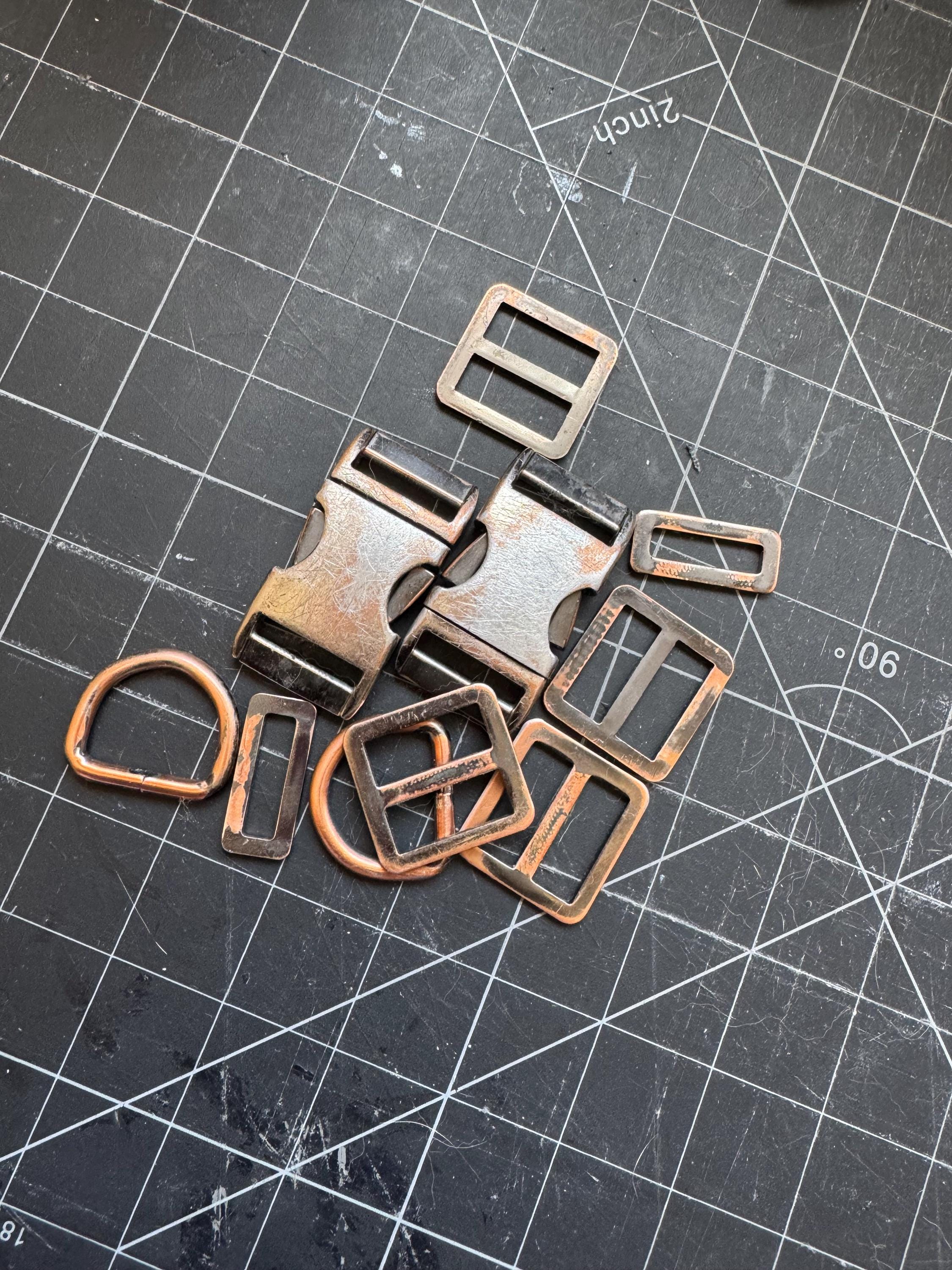
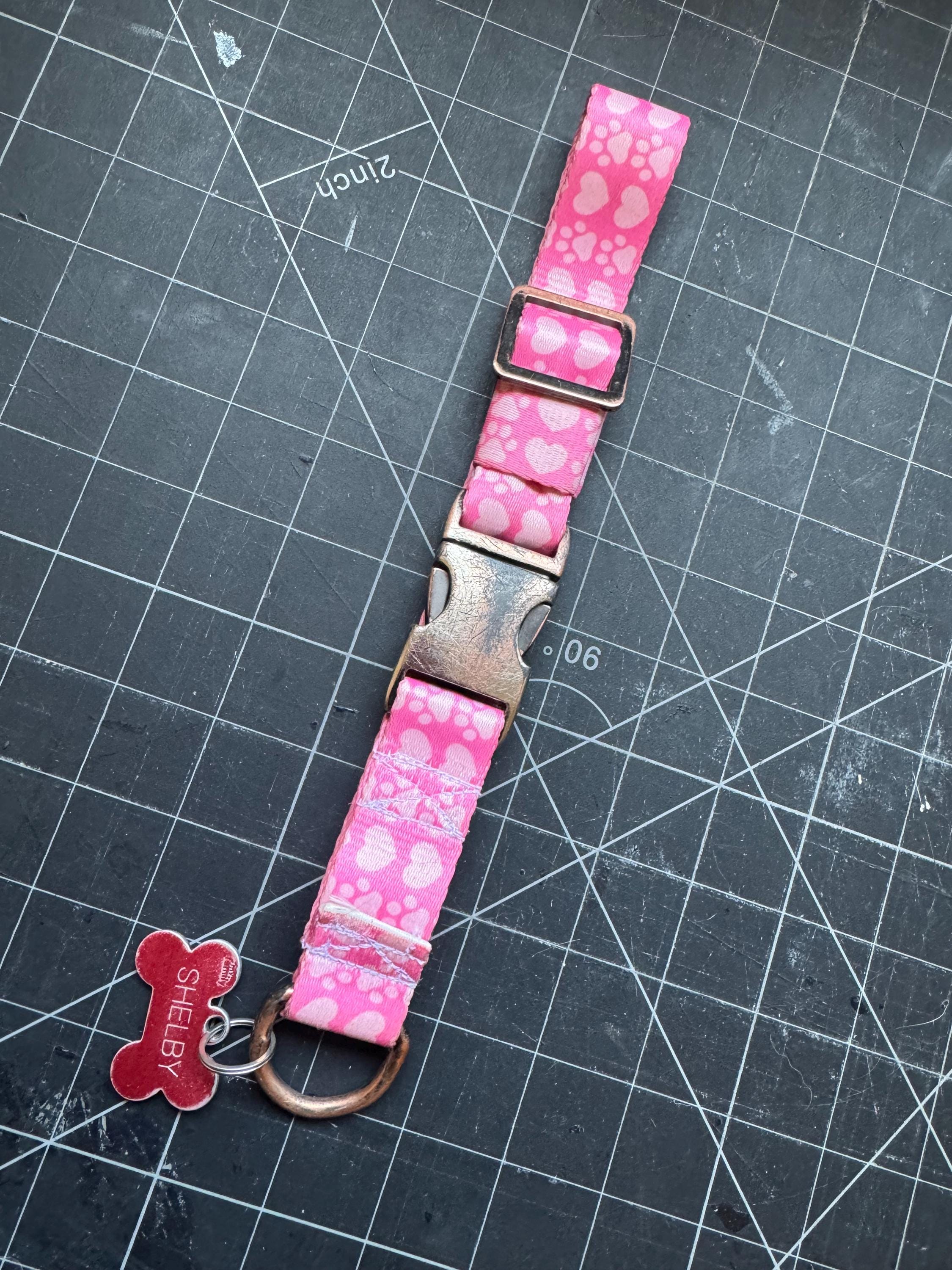
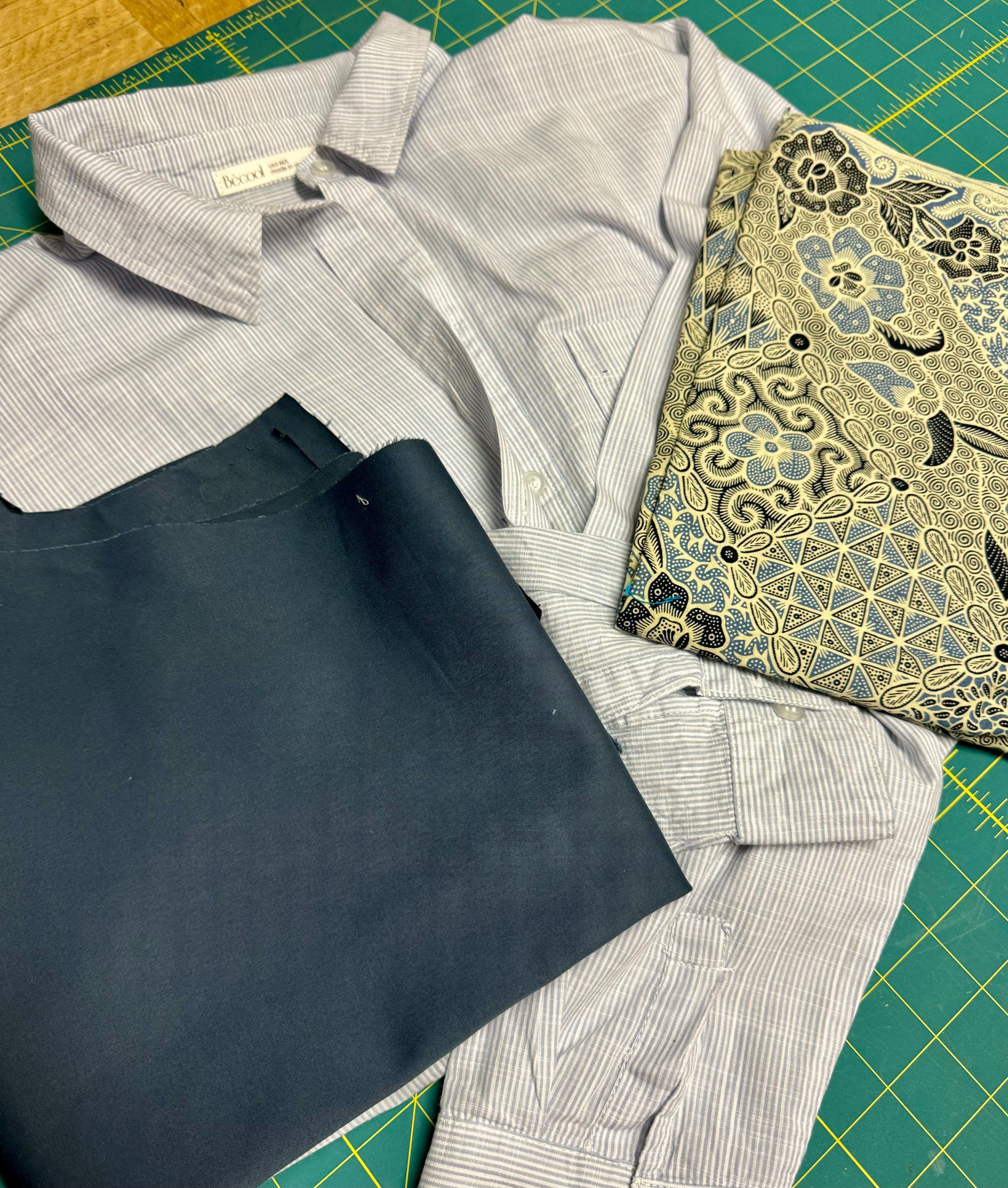
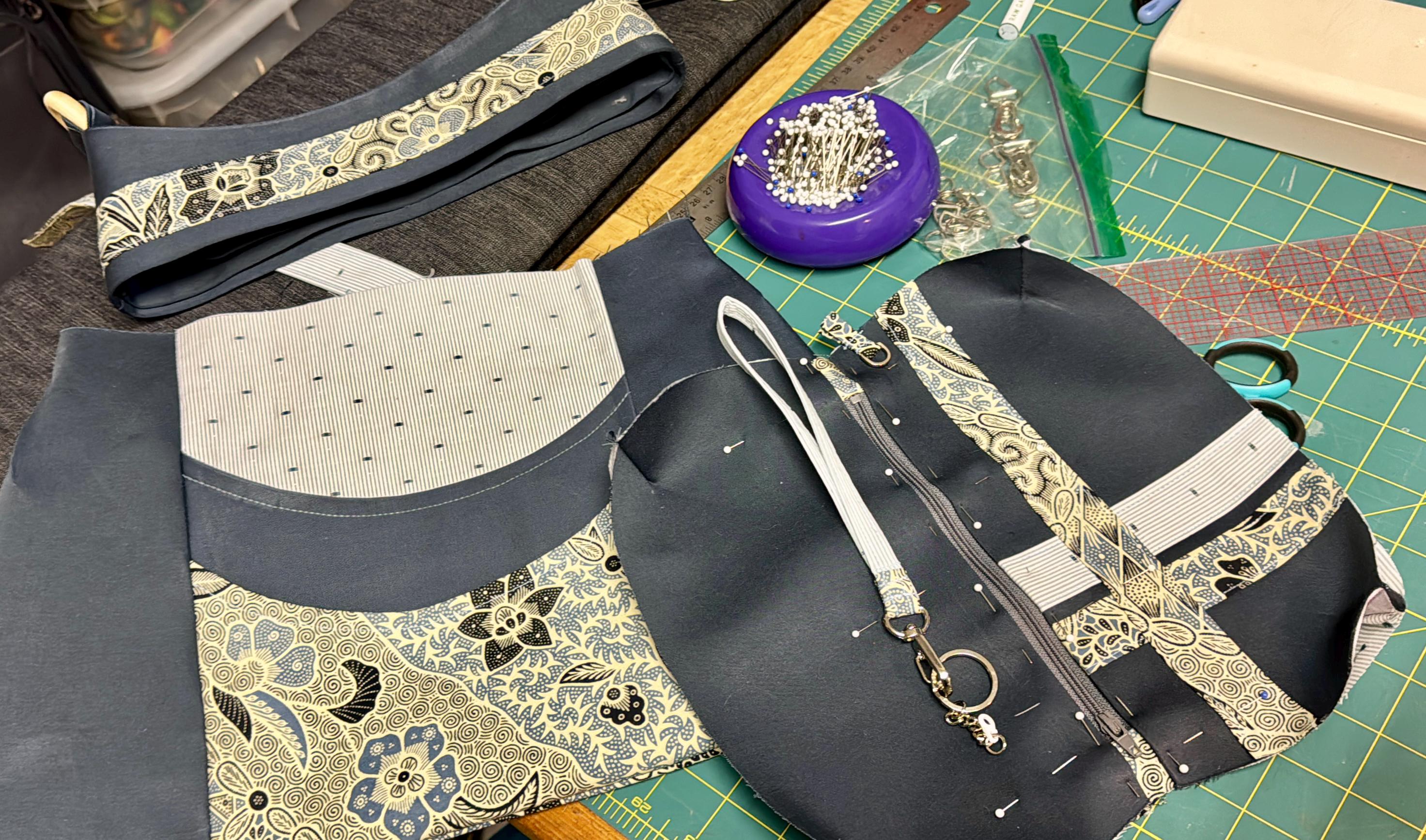
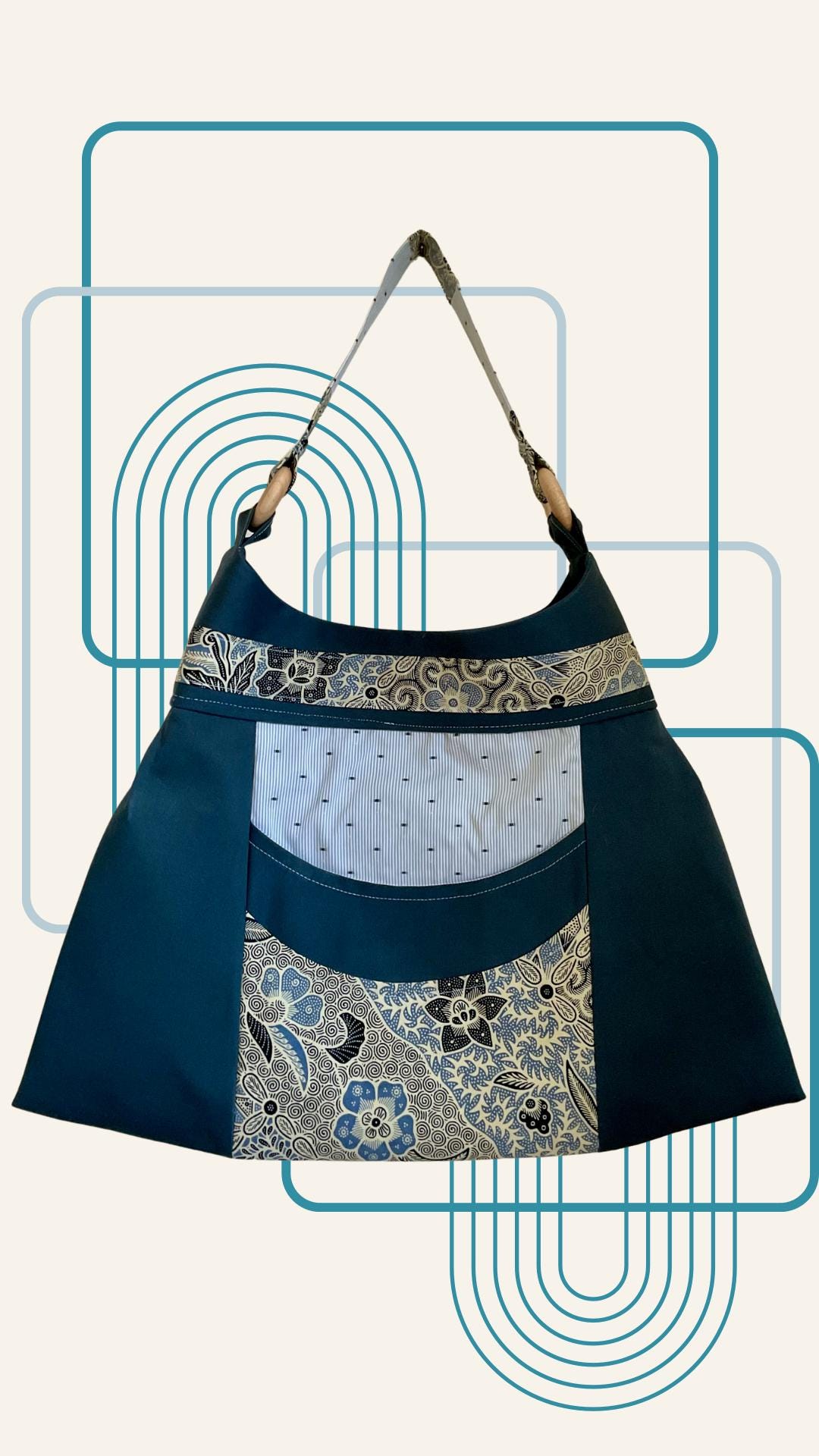
5. Thrift Thoughtfully
Shopping secondhand is still a powerful way to reduce demand for new production. But shop intentionally—buy only what you need and love, rather than treating thrifting as an endless treasure hunt.
🛍️ Pro Tip: Try the “one in, one out” rule—if you buy something new (or new-to-you), donate or recycle something in return.
Where to Donate, Sell, or Recycle Responsibly
If you do need to part with clothes, try these options first:
- Local shelters or community centers: Often need clothing for specific populations (e.g., winter gear for unhoused people).
- Clothing swaps: Host or attend a swap with friends or neighbors.
- Textile recycling programs: Some brands (like Patagonia, The North Face, and H&M’s Conscious Collection) have garment take-back programs.
Creative reuse centers: These organizations repurpose textiles into materials for artists, educators, or designers. These organizations often have loads of resources and are one of my favorite places to explore.
Style with Intention
Fashion can be expressive, empowering, and exciting—but it also comes with responsibility. The more we understand the journey of our clothes, the more intentional we can be about what we buy, how we wear it, and how we let it go.
Being fashionable doesn’t mean being wasteful. It means embracing creativity, care, and consciousness.
So go ahead—rock that bold seasonal look, layer with flair, and find your signature style. Just make sure it’s built to last and rooted in choices that respect both people and planet. 💛🌏
Works Cited
Brooks, Andrew. Clothing Poverty: The Hidden World of Fast Fashion and Second-hand Clothes. Zed Books, 2019.
Lehmann, Jil. “What Really Happens to Your Used Clothing.” ABC Foreign Correspondent, 5 May 2021, https://www.abc.net.au/news/2021-05-06/what-really-happens-to-your-used-clothing/100113676.
Minter, Adam. Secondhand: Travels in the New Global Garage Sale. Bloomsbury Publishing, 2022. NPR Staff. “What Really Happens to Your Donated Clothes?”
NPR, 19 Dec. 2022, https://www.npr.org/2022/12/19/1143900121/what-really-happens-to-your-used-clothing.
Rogers, Katie. “How Used Clothes Are Creating a Global Crisis.” The New York Times, 12 Aug. 2021, https://www.nytimes.com/2021/08/12/world/africa/used-clothes-africa.html.
